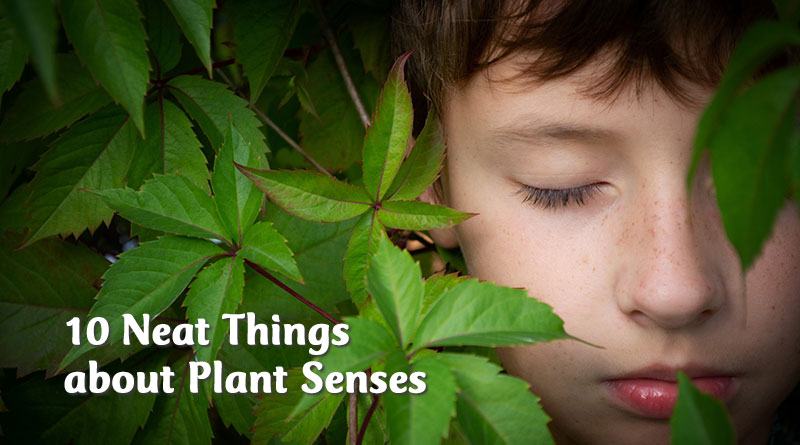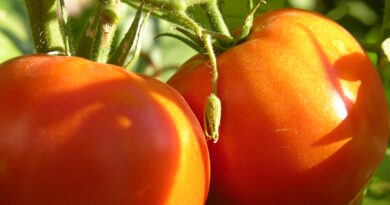About Plant Senses
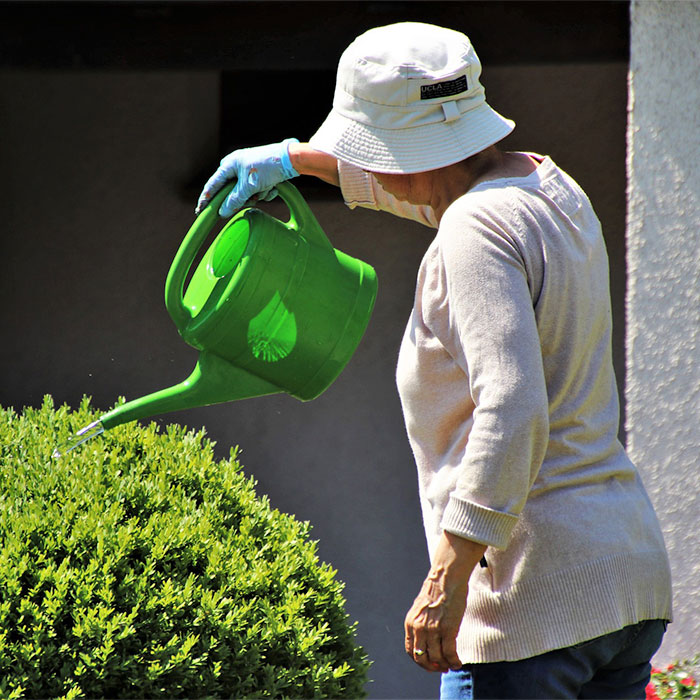
1. What you already knew.
As a plant person, you already know that plants have senses, many beyond our ken. You feel guilty when you forget to water. You praise them when they do well and you know that they respond to your voice and to some kinds of music. You know that being among them helps people heal as well as removing stress. Well, now science is catching up to you and learning just how some of these things work.
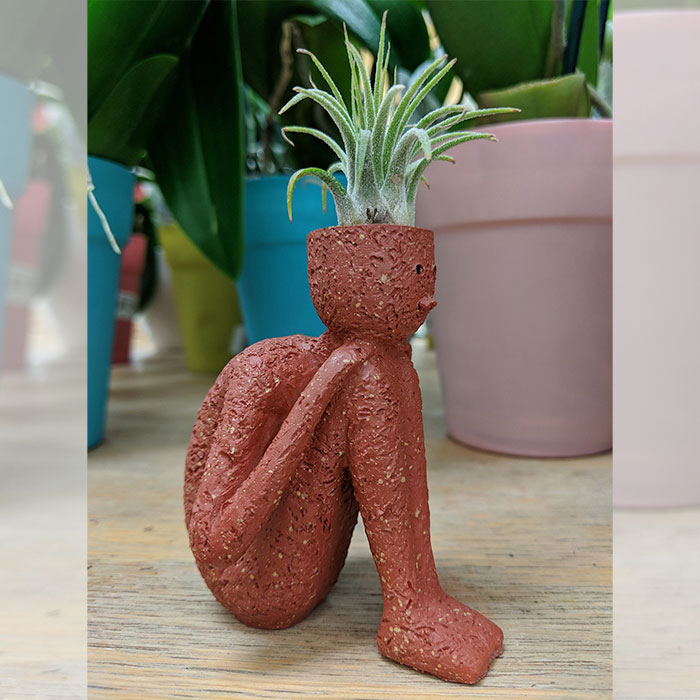
2. The case for personification.
Comparing animals and plants to humans by attributing like qualities to them was not that long ago viewed with disdain. Now, it is hard to be quite so sure. Plants and animals, of both the so called higher and lower orders, have just too much in common to ignore. Plant sensitivities include chemicals, gravity, moisture, light, oxygen, temperature, infection, carbon dioxide, parasites, electricity and touch. They also have a sense of balance.
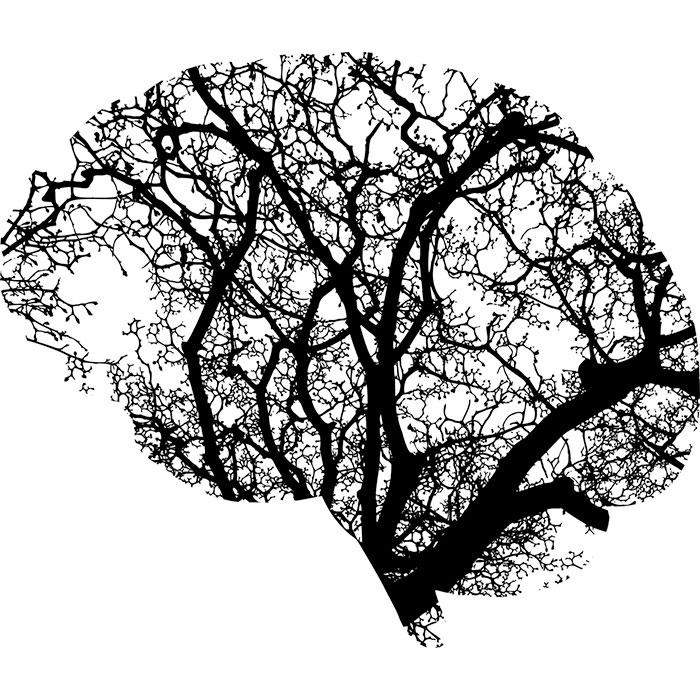
3. What’s in a brain?
Humans consider animals, especially mammals like themselves, to be superior because we have brains based on neuronal networks that allow us to think and react consciously. Ironically, the Greek word neuron means “vegetable fibre”.

4. How plants do it (react).
Plants have a similar capacity but their reactions travel along what we now call “signaling pathways”, which provide the basis for learning and memory. Like us, they have the capacity to react both quickly and slowly. Slow reactions are usually chemically based. Faster ones are electrically based or transmitted through a system of volatile signals such as lipid-based hormone signals.

5. What the heck are lipid-based signals?
There is a hormone in plants called jasmonate, isolated from the jasmine plant. Methyl jasmonate (MeJA), metabolized from jasmonate, is the molecule in the signaling pathways that is responsible for such things as interplant communication. For example, a wounded tomato plant sends chemicals to an insect-attacked leaf that will inhibit the insect’s ability to digest food. MeJA on leaves can be quickly transmitted through the air to warn other plants of the threat. The other plants will begin to produce chemical defences.
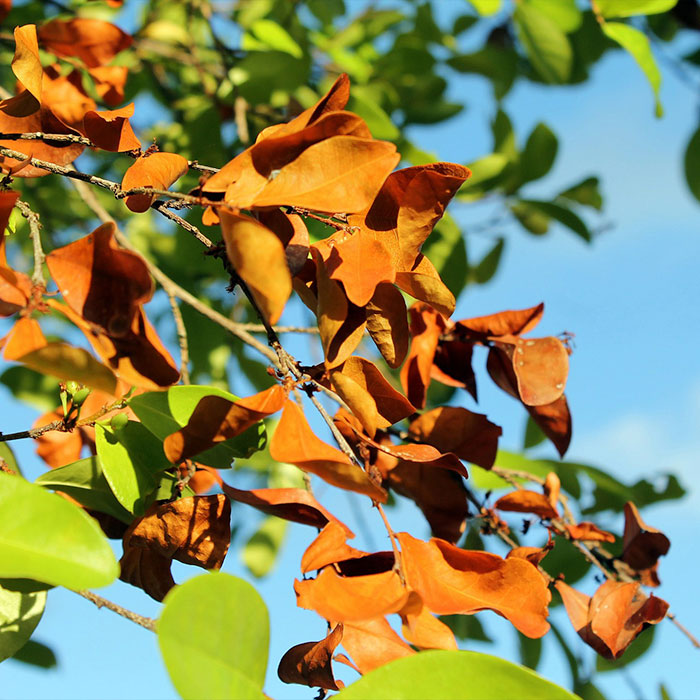
6. Lop off a limb to save the tree.
Well, maybe only a leaf in this case. Many plants have the ability, thanks to jasmonates, to induce death (plant suicide) in part of a leaf to save the rest of the plant. You will see this as a leaf that is dead on one side while the rest of the leaf and plant looks fine. What is even more interesting is that once this happens, the plant has the ability to recognize the pathogen and become resistant and even immune to further attack.

7. Do plants have goals?
Perhaps, although they may not be as conscious or directed as ours (although who knows?) but they do have intentions. Think of the way the tendrils of a vine “find” their way to support. Think of how those tendrils ever so gently caress their way onto the support, then harden and cling with an iron-like tenacity that can support many times their weight.
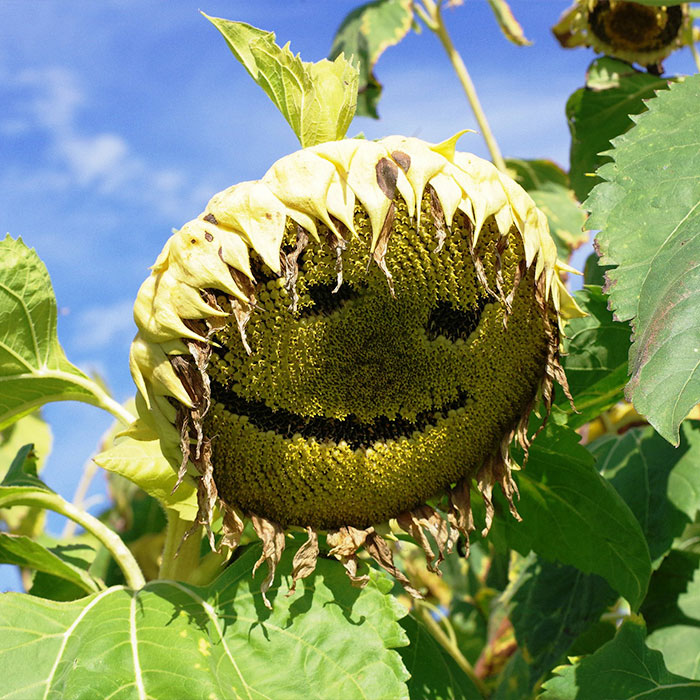
8. What makes plants so smart?
The same things that make mammals and other animals “smart”: chemistry, electricity, physics, a relationship with the sun and its relationship with the earth. “All life must work within in the physical laws of matter” says a Wikipedia author. And we might add, other laws we don’t understand yet.

9. Can plants tell time?
We pretty much understand now that plants have photosensitive hormones, a molecular clock that reacts to different wave lengths of light. This is one of the ways they know when to bloom, when to drop leaves and so on. Plants can tell if it’s day or night; how long the day is; how much light is available; where the light is coming from.

10. The real-life world of plants.
Plants have busy lives. They signal within themselves and among themselves. They are busy communicating and competing just as we are. They calculate cost versus benefits and after analyzing the results they take controlled actions to mitigate stress or to capitalize on advantages. They can distinguish a negative from a positive and learn from experience, using these memories to modify behaviour. They are also intensely territorial, creating allies and enemies. Hmmm.
– Dorothy Dobbie Copyright©
Pegasus Publications Inc

